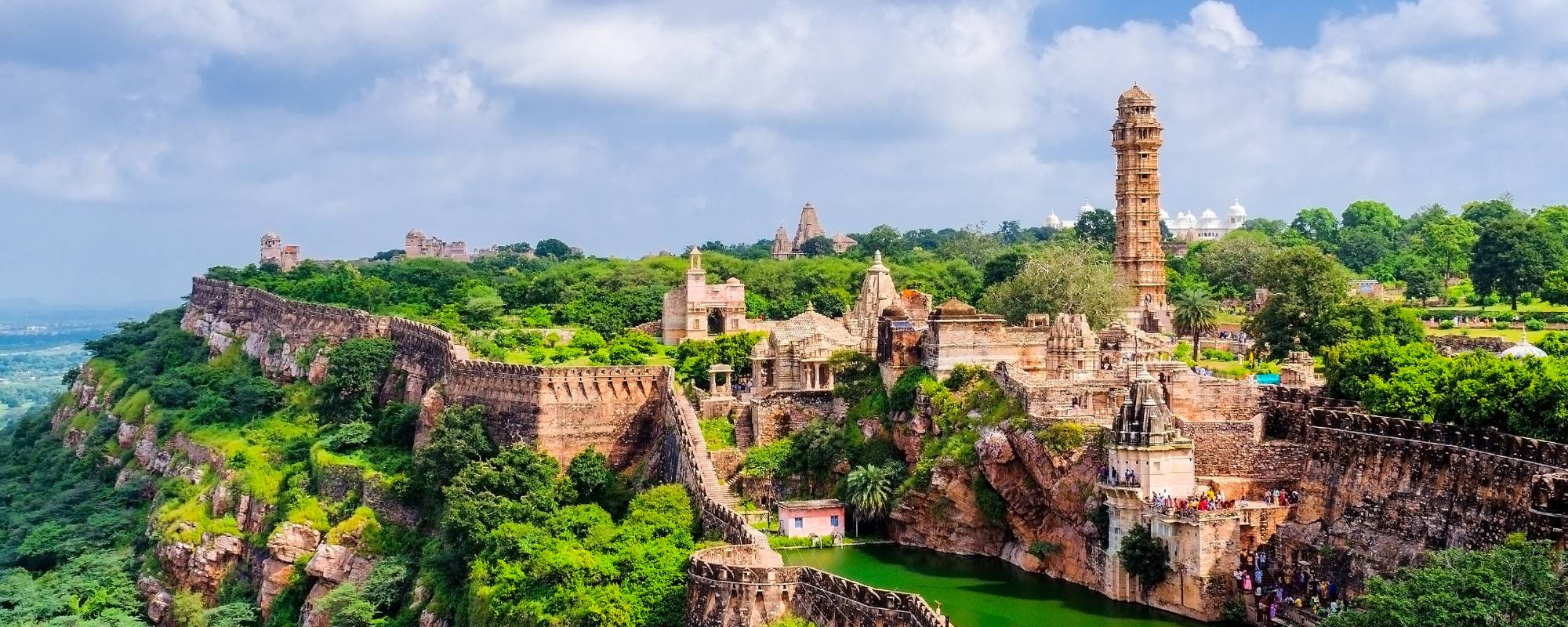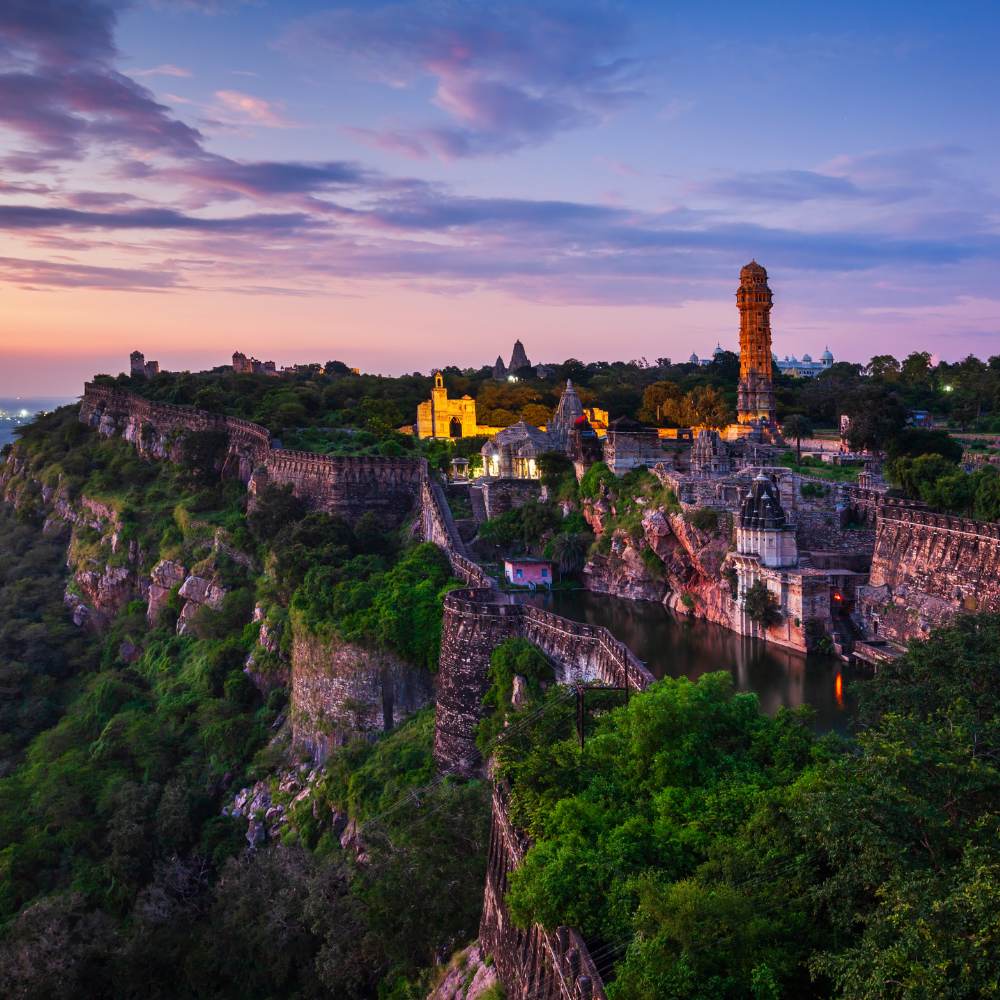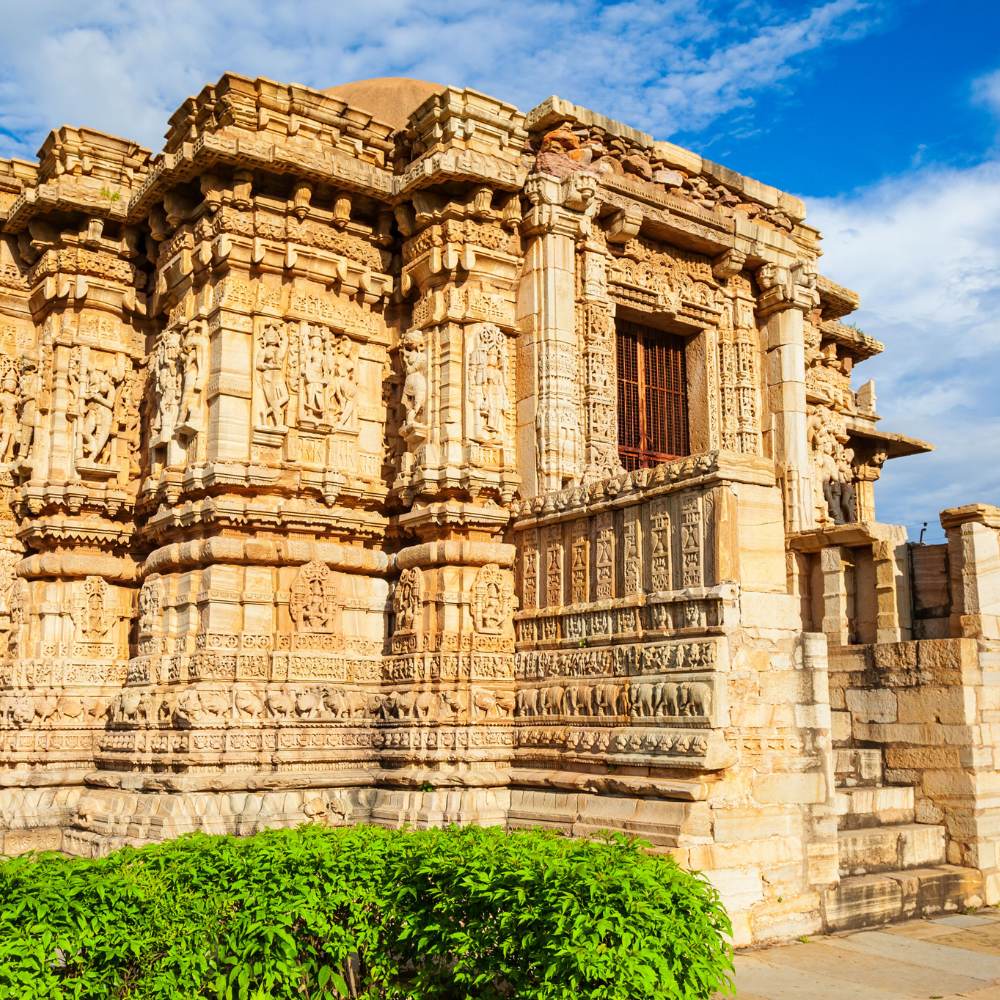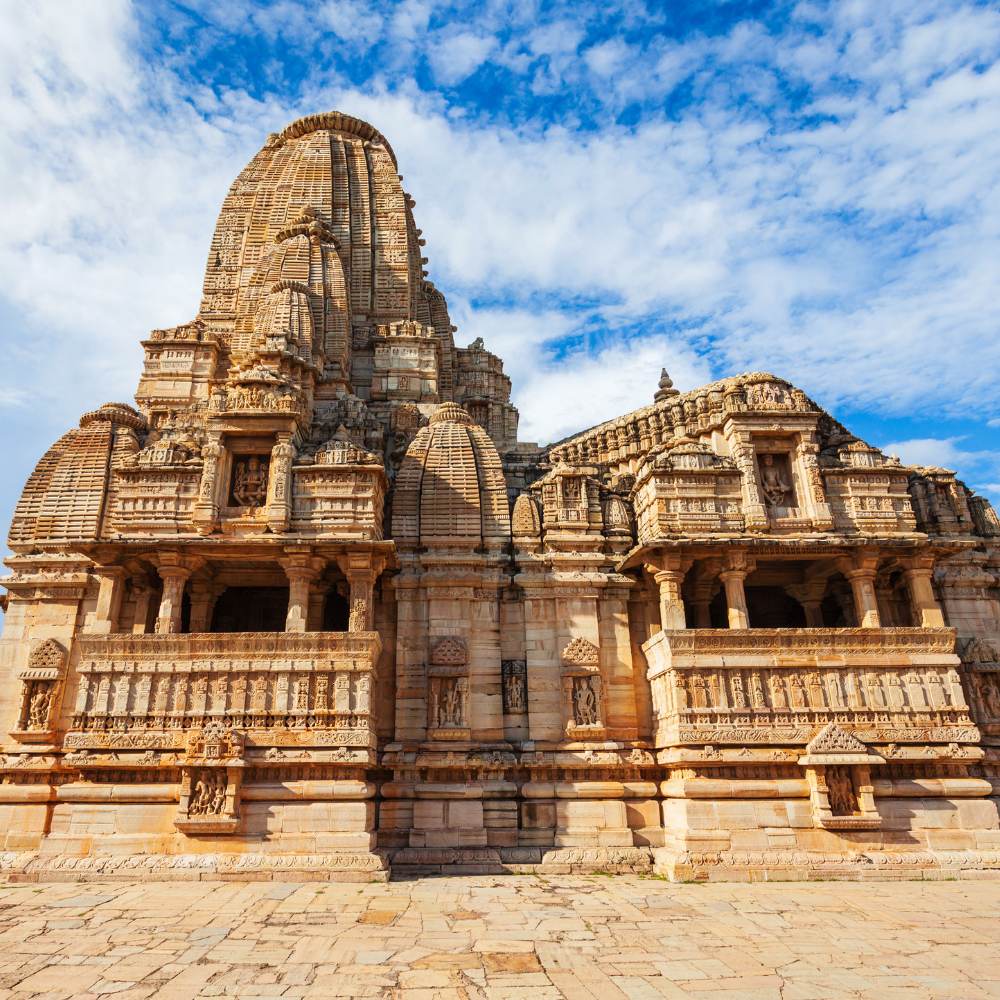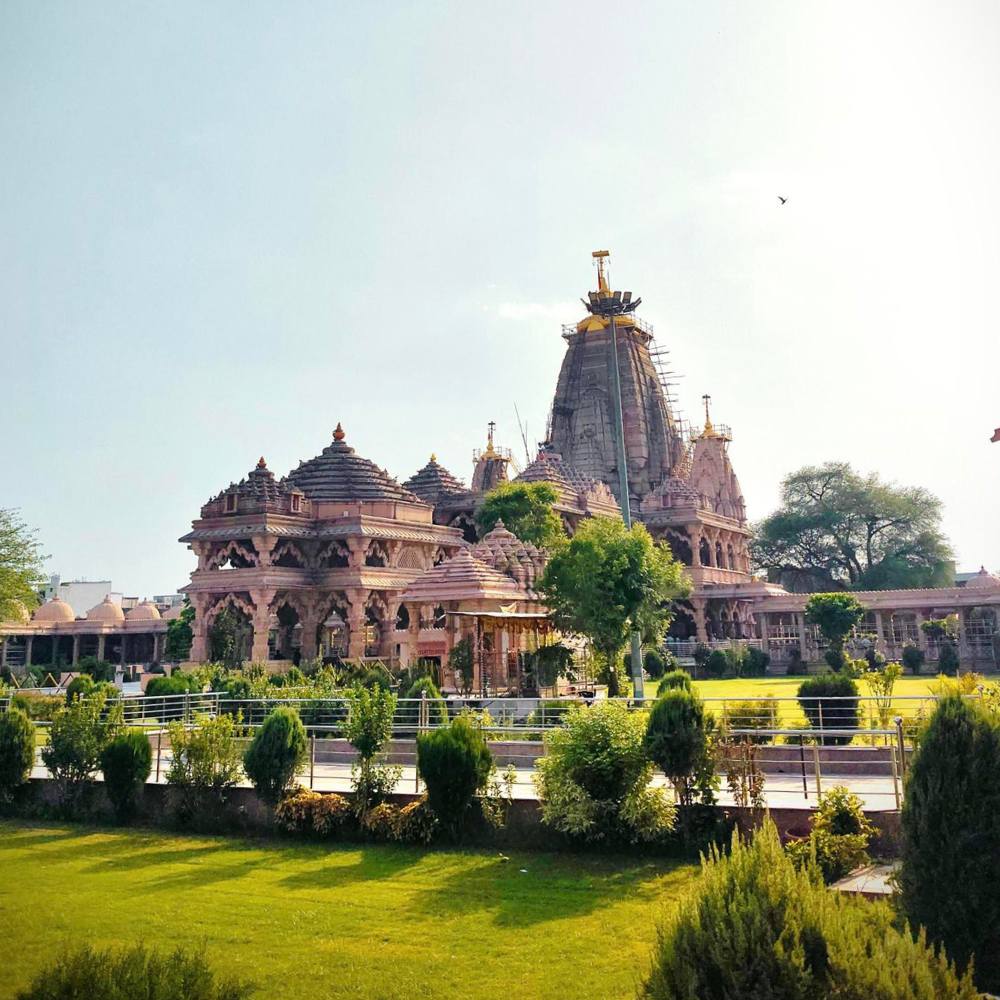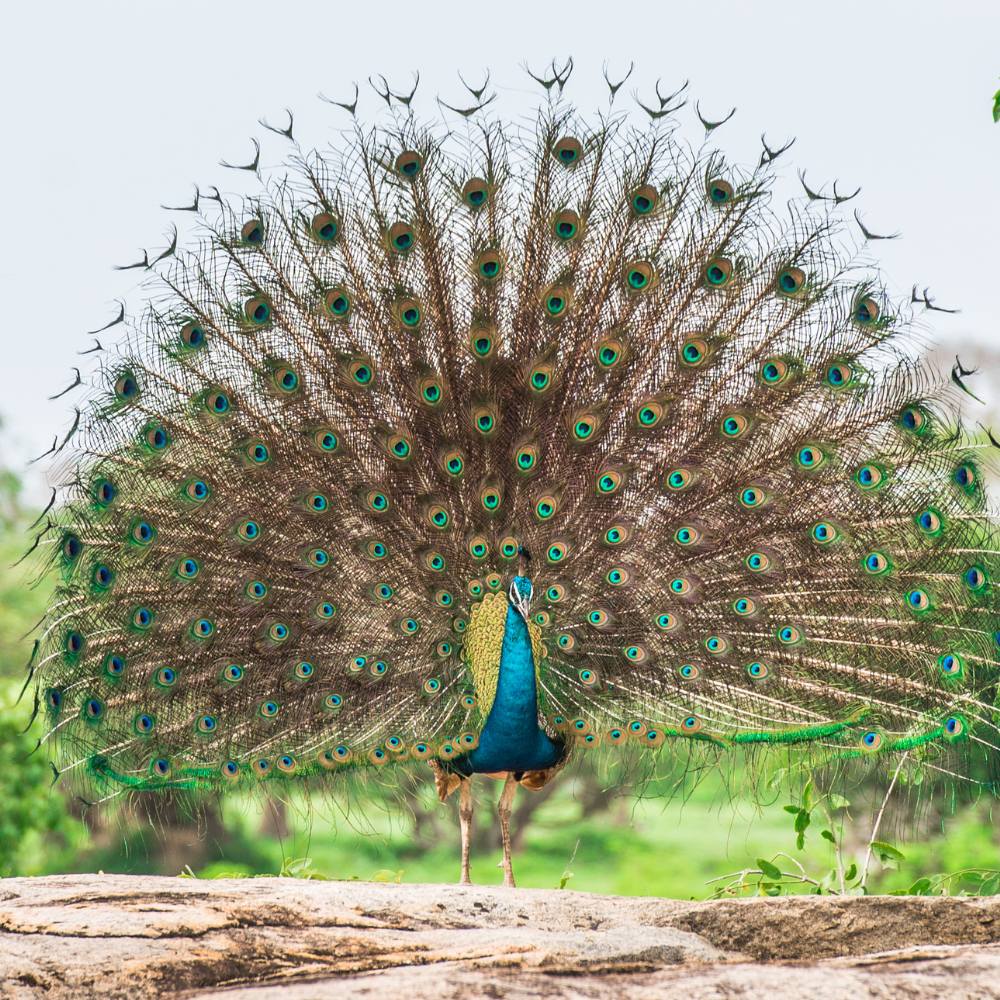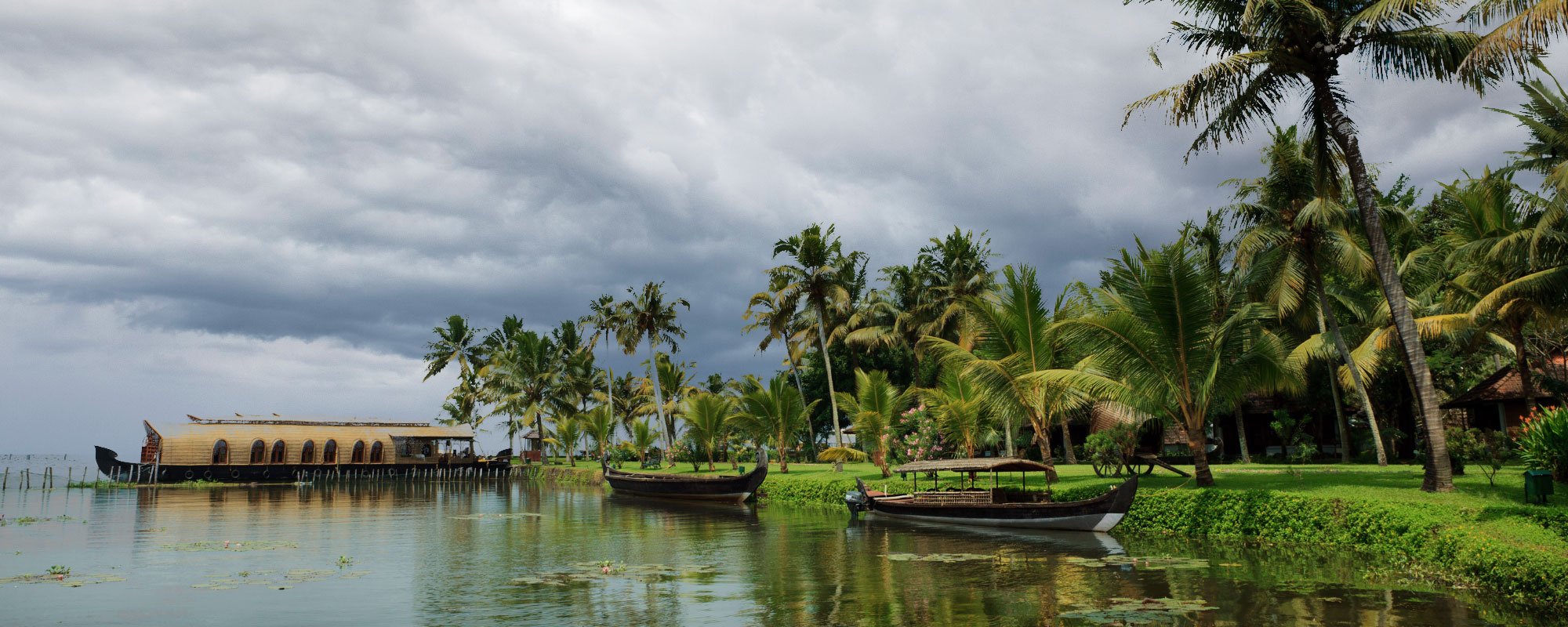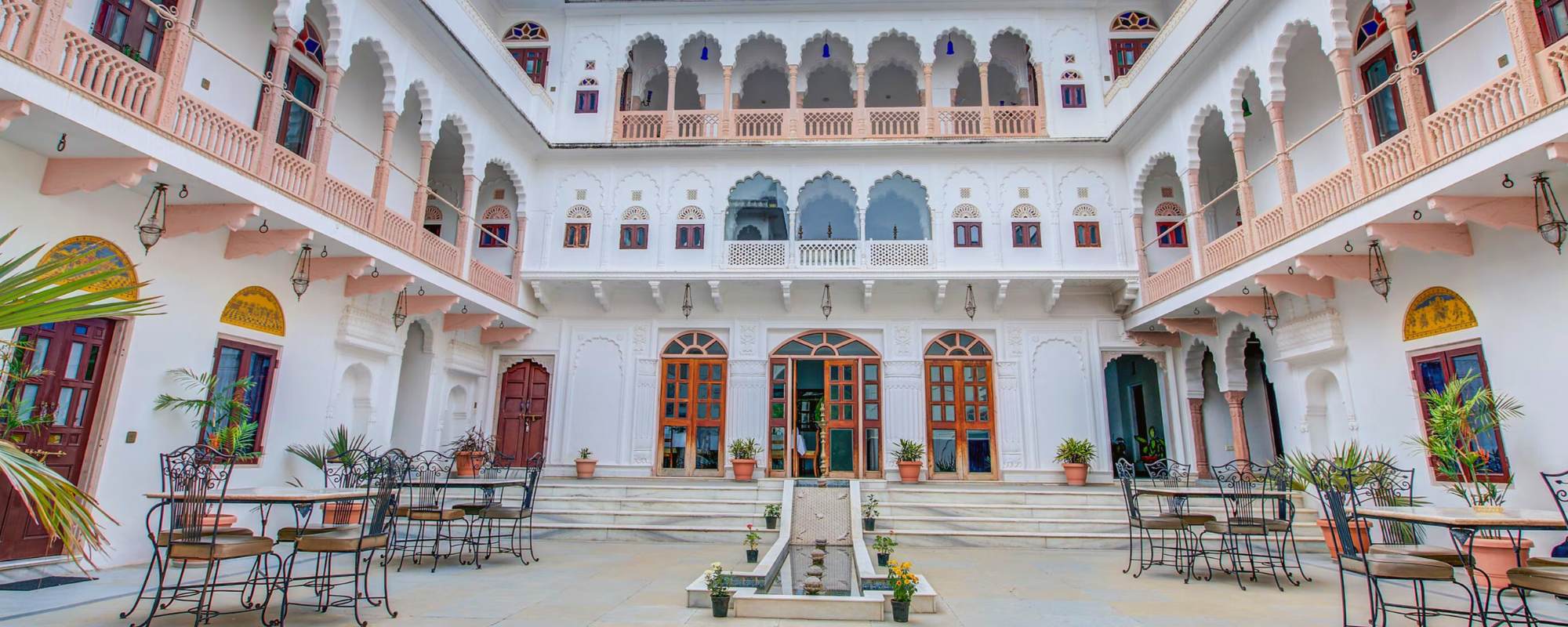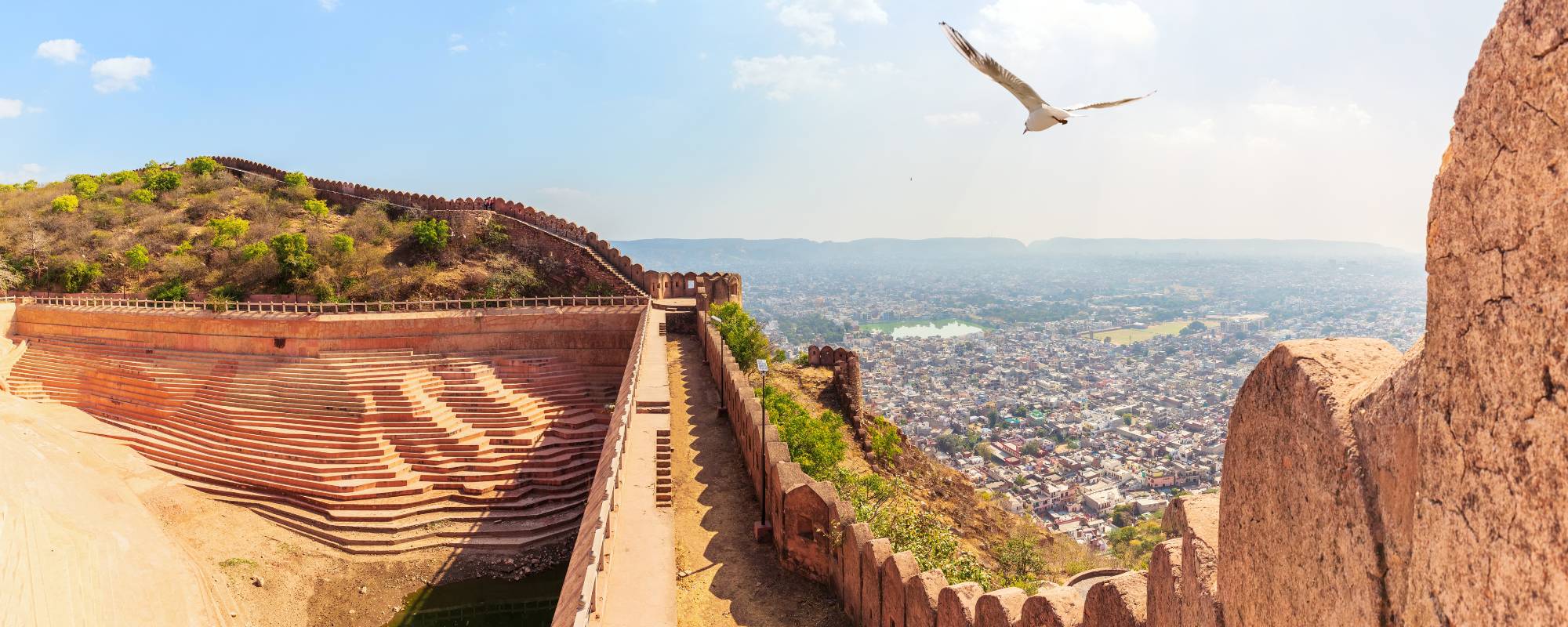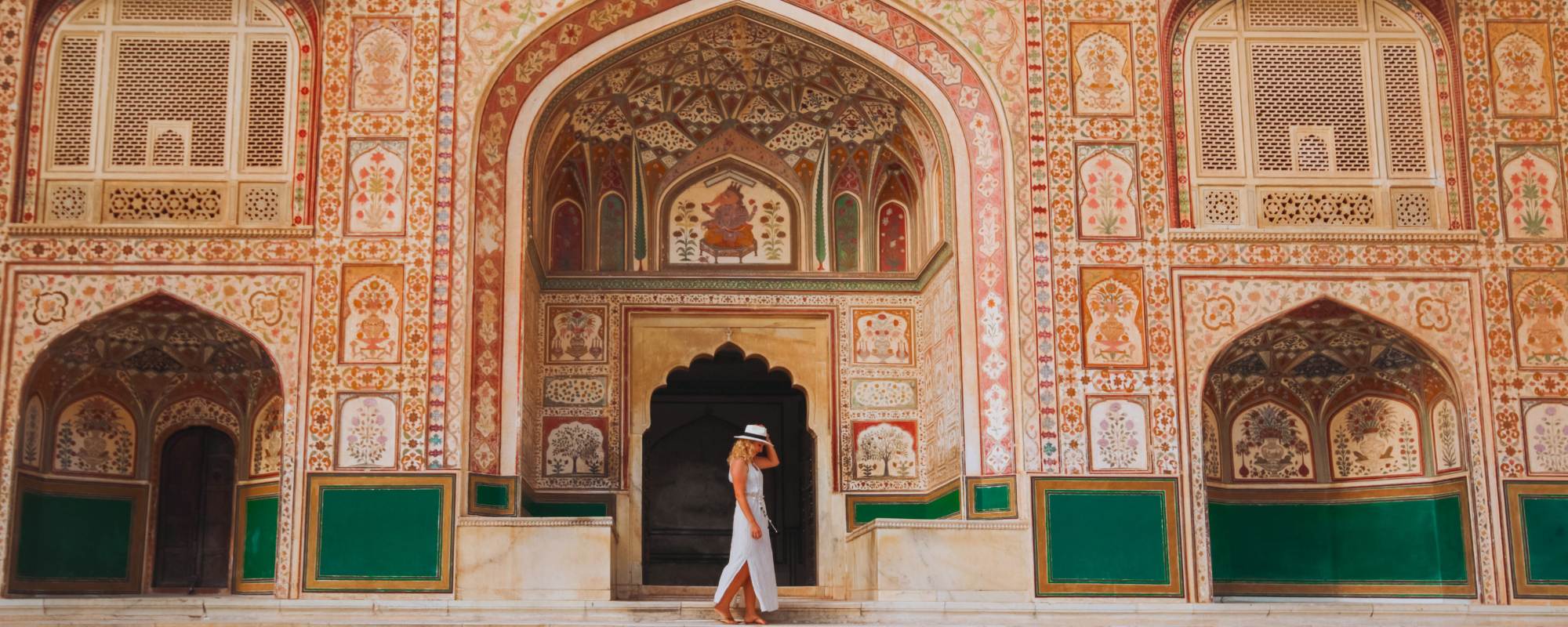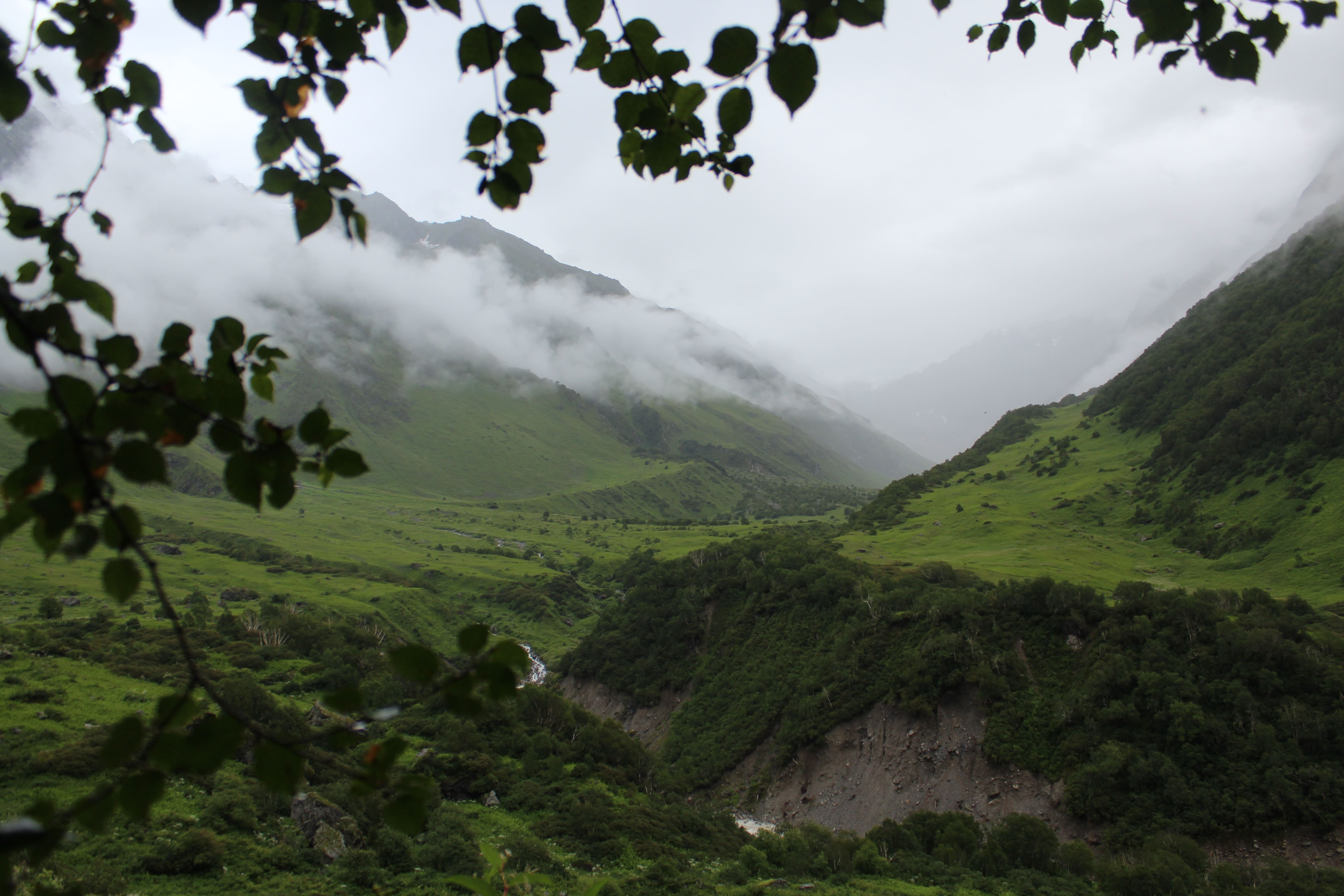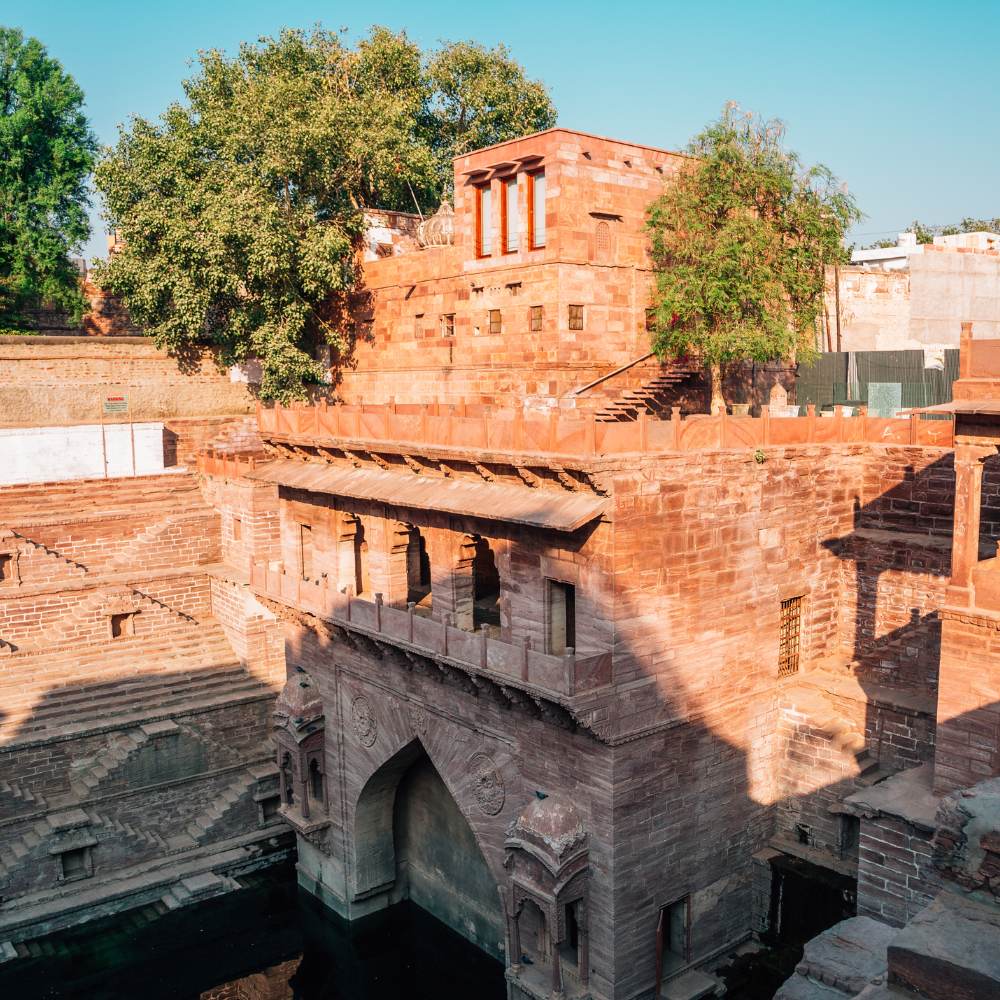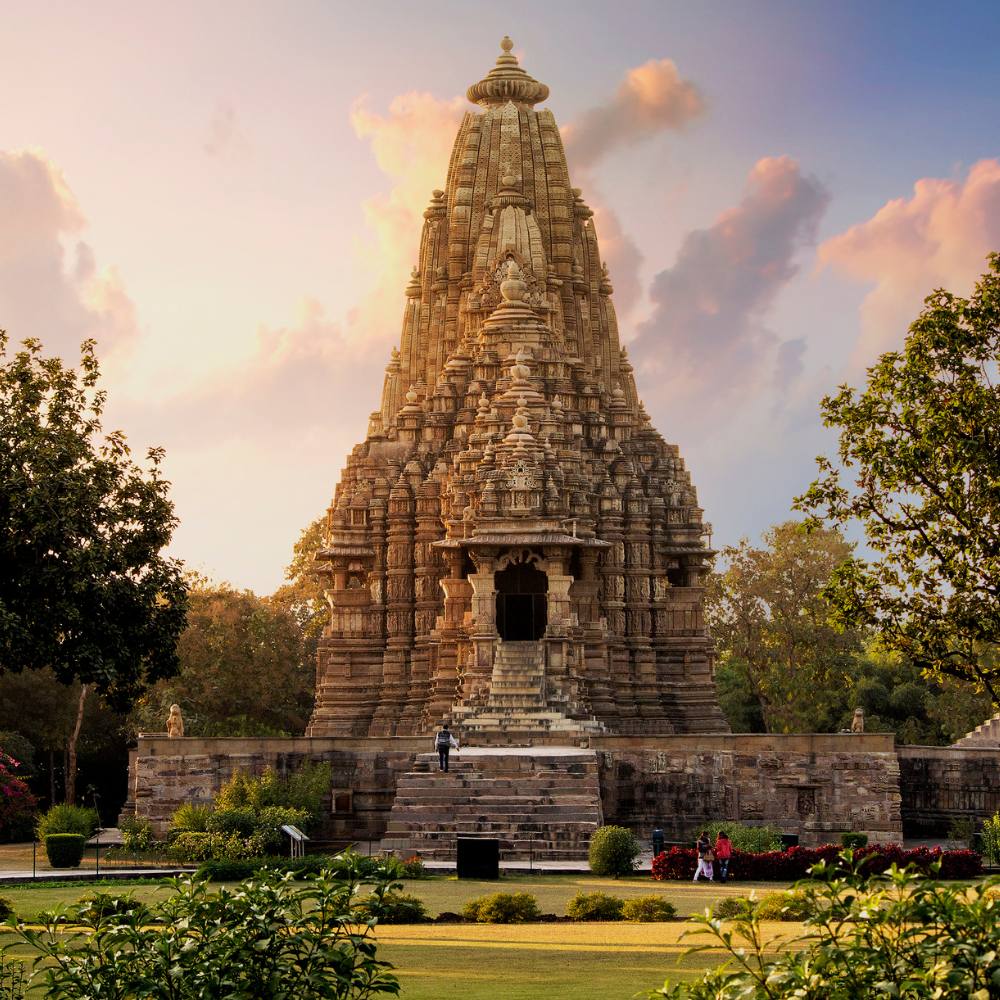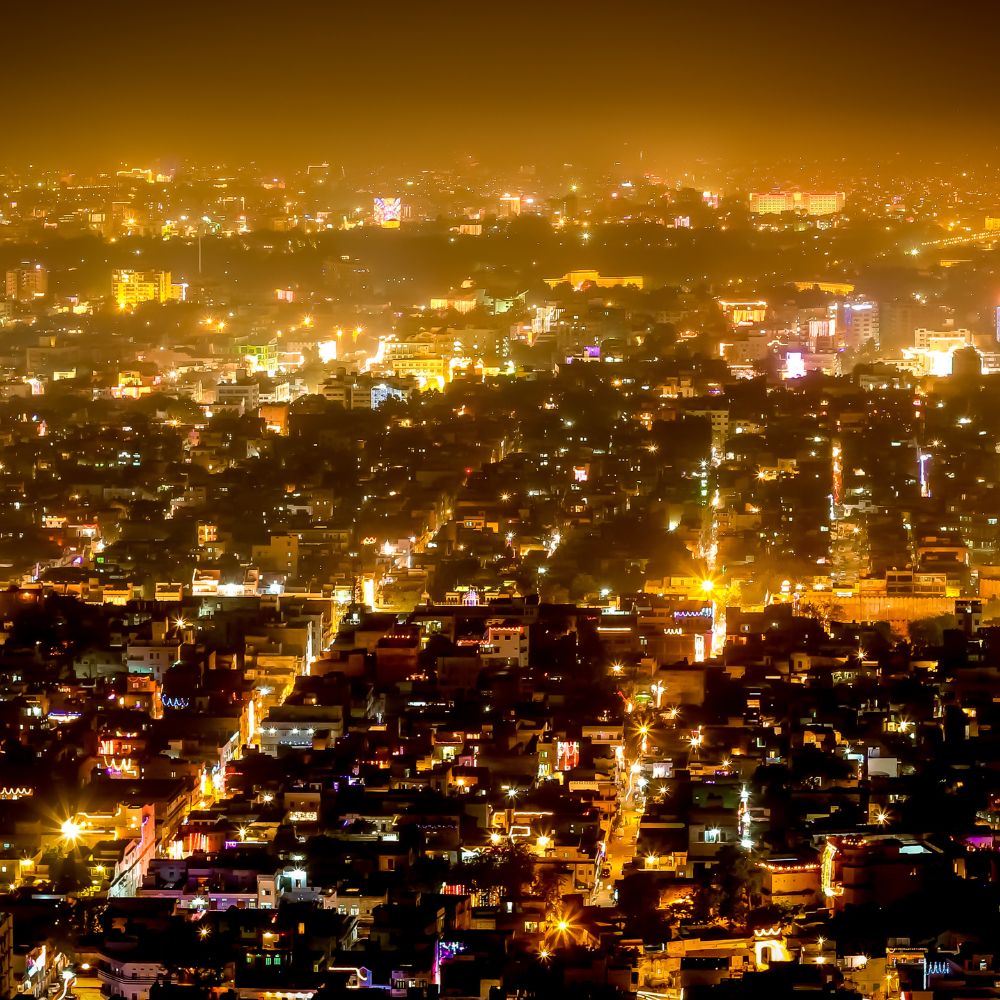Chittorgarh is not just a destination; it's a living chronicle of courage, sacrifice, and the spirit of Rajputana. Perched on a hill beside the Gambhiri River in southern Rajasthan, this ancient city is home to India's largest fort, timeless tales of heroism, and some of the most awe-inspiring architecture in the subcontinent. Once the capital of the erstwhile kingdom of Mewar, Chittorgarh has been a witness to countless battles and sieges. The city continues to stand as a proud symbol of Rajputana's valor and resilience. Whether you're a history enthusiast, a spiritual traveler, or simply a curious wanderer, Chittorgarh has something extraordinary for you.
Here's a guide to the best things to do in Chittorgarh to make the most of your visit.
1. Explore the Majestic Chittorgarh Fort (UNESCO World Heritage Site)
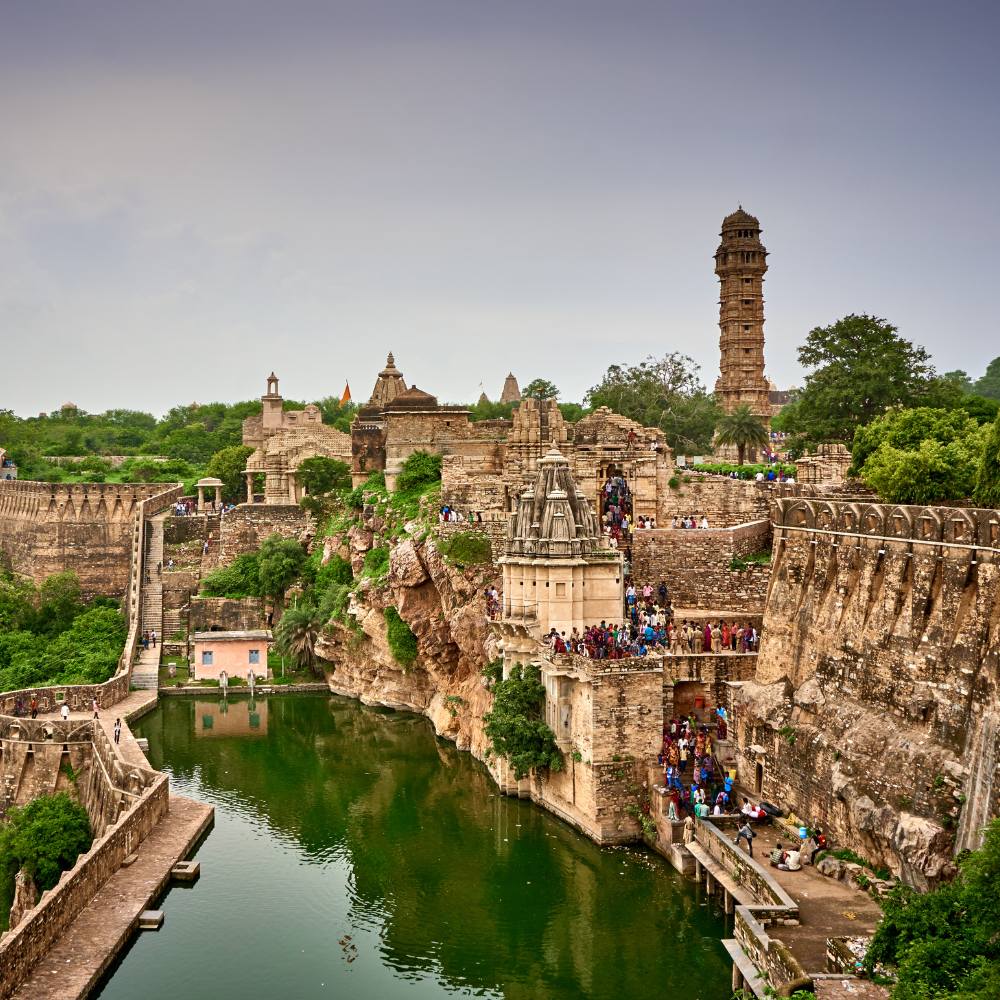
No trip to Chittorgarh is complete without a deep dive into the sprawling Chittorgarh Fort, a UNESCO World Heritage Site and one of the largest forts in India. Spanning nearly 700 acres, the fort is a stunning display of Rajput military architecture, fortified ramparts, and sacred shrines. Built in the 7th century by Maurya rulers, the fort was expanded by successive rulers and served as a stronghold of Mewar for centuries. It has withstood attacks by Alauddin Khilji, Bahadur Shah, and Akbar.
Must-visit highlights within the fort:
-
Vijay Stambh (Victory Tower): A 9-story tower built by Rana Kumbha to commemorate his victory over the Sultan of Malwa. Climb to the top for panoramic views. It features detailed carvings of Hindu deities and battle scenes and remains one of the most iconic structures in Rajasthan.
-
Kirti Stambh (Tower of Fame): Older than Vijay Stambh, this 22-meter tower is dedicated to the first Jain Tirthankara. Built by a wealthy Jain merchant in the 12th century, it reflects the influence of Jainism in the region.
-
Rana Kumbha's Palace: This is the oldest structure in the fort and the residence of legendary rulers. It is said to be haunted and is linked to the tragic tale of Panna Dai, who sacrificed her son to save the future king.
-
Rani Padmini's Palace: Surrounded by a lotus pool, it is associated with the tale of Queen Padmini and her act of Jauhar. The palace offers a poignant reminder of the sacrifices made during Alauddin Khilji's siege in 1303.
-
Fateh Prakash Palace: Now home to the Government Museum, showcasing weapons, sculptures, and paintings. It also displays portraits of the Mewar rulers and everyday items from their courts.
-
Kalika Mata Temple: A sacred temple dedicated to the fierce goddess Kali, drawing devotees from across Rajasthan. Originally built as a Sun temple in the 8th century, it was later transformed into a shrine of Kali.
-
Meera Temple: Dedicated to the poet-saint Meerabai, a devout follower of Lord Krishna. The temple celebrates her unwavering devotion, which defied royal expectations and societal norms.
-
Gomukh Kund (Gaumukh Reservoir): A sacred water tank continuously fed by a natural spring shaped like a cow's mouth. This was the primary water source during sieges and holds great spiritual significance.
-
Sathis Deori Temple: A cluster of Jain temples showcasing intricate carvings and spiritual serenity. These temples reflect the religious tolerance that Chittorgarh once embraced.
Plan to spend at least half a day here. Hiring a guide or using an audio tour is highly recommended to bring the stories of valor and devotion to life. Wear comfortable footwear and carry water, as the fort is expansive and best explored on foot.
2. Experience the Light and Sound Show
Held every evening within the Chittorgarh Fort premises, the Light and Sound Show is a moving retelling of the fort's legendary history. Narrated through lights, music, and storytelling, it recounts the sacrifices of Rani Padmini, Rani Karnavati, and the brave Rajput warriors who defended the fort over centuries. Bollywood actor Shatrughan Sinha narrates the show, lending gravitas to the narrative.
Watching this show beneath the starlit sky, surrounded by ancient stone walls, creates an unforgettable atmosphere of reverence and pride. The visuals and sound effects add a dramatic touch to the historical events, making it engaging for all age groups. It's a great way to end your day after exploring the fort.
3. Visit the Sanwariyaji Temple
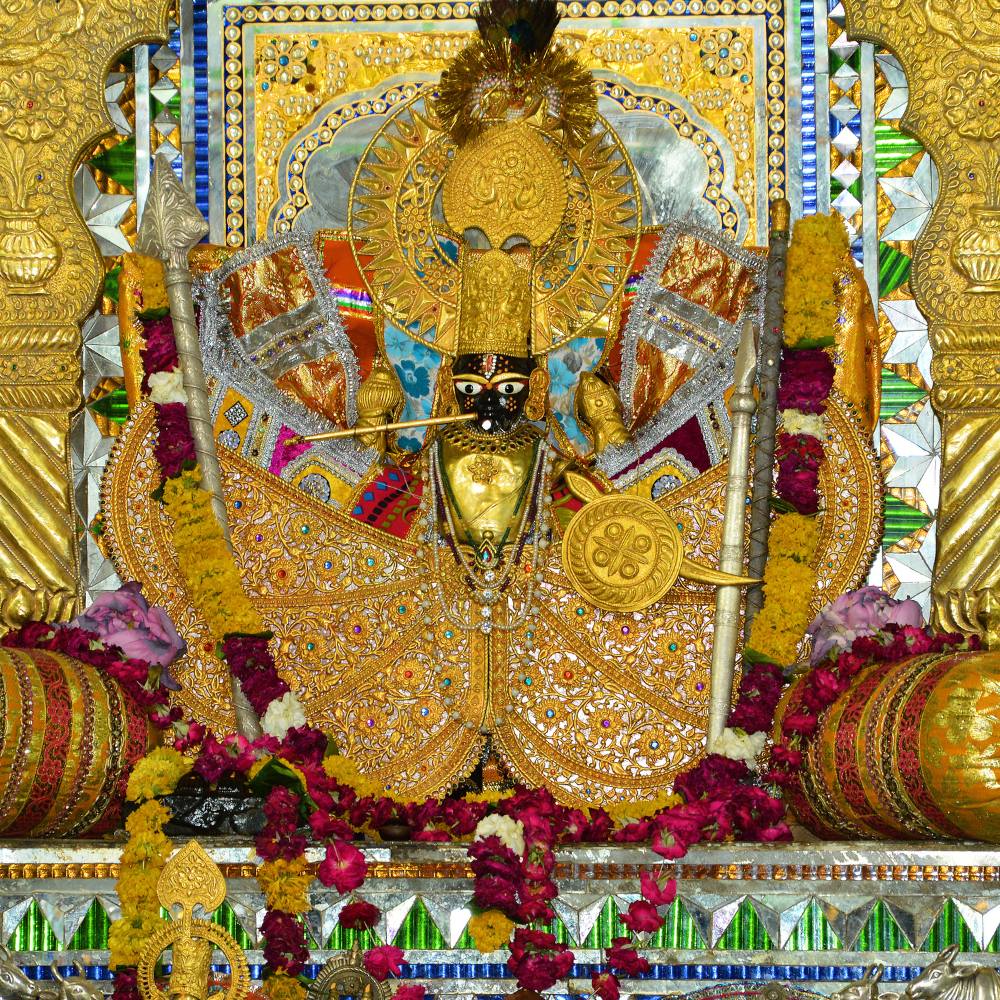
Located about 40 kilometers from Chittorgarh, the Sanwariyaji Temple is one of the most significant temples dedicated to Lord Krishna in Rajasthan. The idol of Sanwariya Seth is distinctive and has a dark complexion, hence the name 'Sanwariya.' Pilgrims flock here with their wishes and business hopes, as he is believed to grant success and prosperity. It is customary for traders and entrepreneurs to visit before starting new ventures.
The temple is known for its vibrant religious fairs and is always bustling with activity, especially during Janmashtami. A visit here provides a deep sense of devotion and a glimpse into the spiritual side of the region. Don't forget to try the local prasad or sweets sold outside.
4. Enjoy Safari and Photography at Sitamata Wildlife Sanctuary

About 60 kilometers from Chittorgarh, the Sitamata Wildlife Sanctuary offers a great opportunity for nature lovers and wildlife photographers. Known for its diverse flora and fauna, the sanctuary is home to:
-
Leopards
-
Hyenas
-
Spotted deer
-
Flying squirrels
-
Rich birdlife
The sanctuary gets its name from the legend that Sita, the consort of Lord Rama, stayed here after being exiled, making it sacred to many. The thick teak forests and seasonal rivers make this a serene retreat from the arid Rajasthan landscape. Jeep safaris are available for deeper exploration, especially during early morning and late afternoon. The sanctuary is also a haven for botanists, with several rare medicinal plants found in the region.
5. Take a Nature Walk at Bassi Wildlife Sanctuary
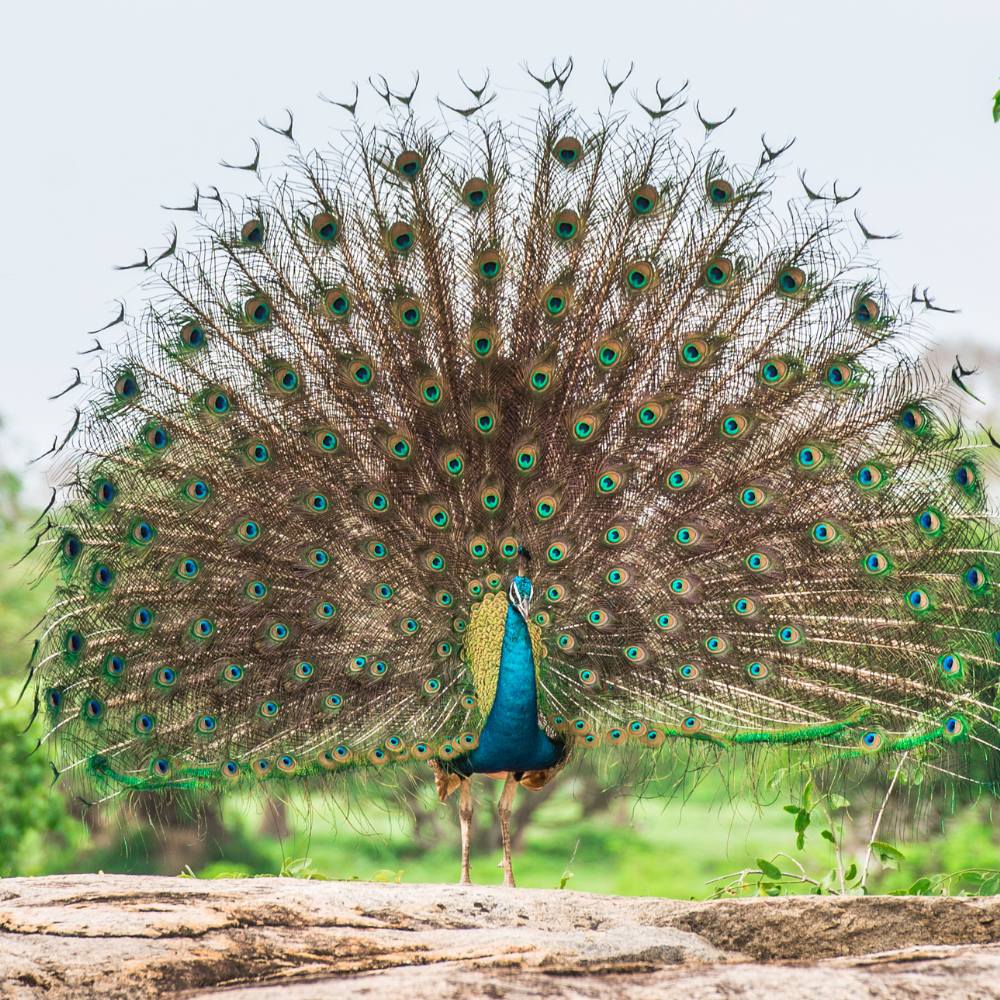
Just 25 kilometers away, the "Bassi Wildlife Sanctuary" is perfect for those who prefer walking trails and close encounters with nature. Sprawling across 15,000 hectares, it surrounds the Orai and Bassi lakes and is home to:
-
Panthers
-
Antelopes
-
Peacocks
-
Migratory birds
The sanctuary was established in 1988 and includes parts of the Aravalli hills, making it geologically and ecologically significant. Ideal for birdwatchers and eco-travelers, Bassi offers nature trails, photography opportunities, and peaceful picnic spots. Visitors often report sightings of jackals and wild boars as well. Don't forget your binoculars and a good zoom lens for wildlife photography.
6. Explore Local Art, Handicrafts, and Cuisine
Shopping:
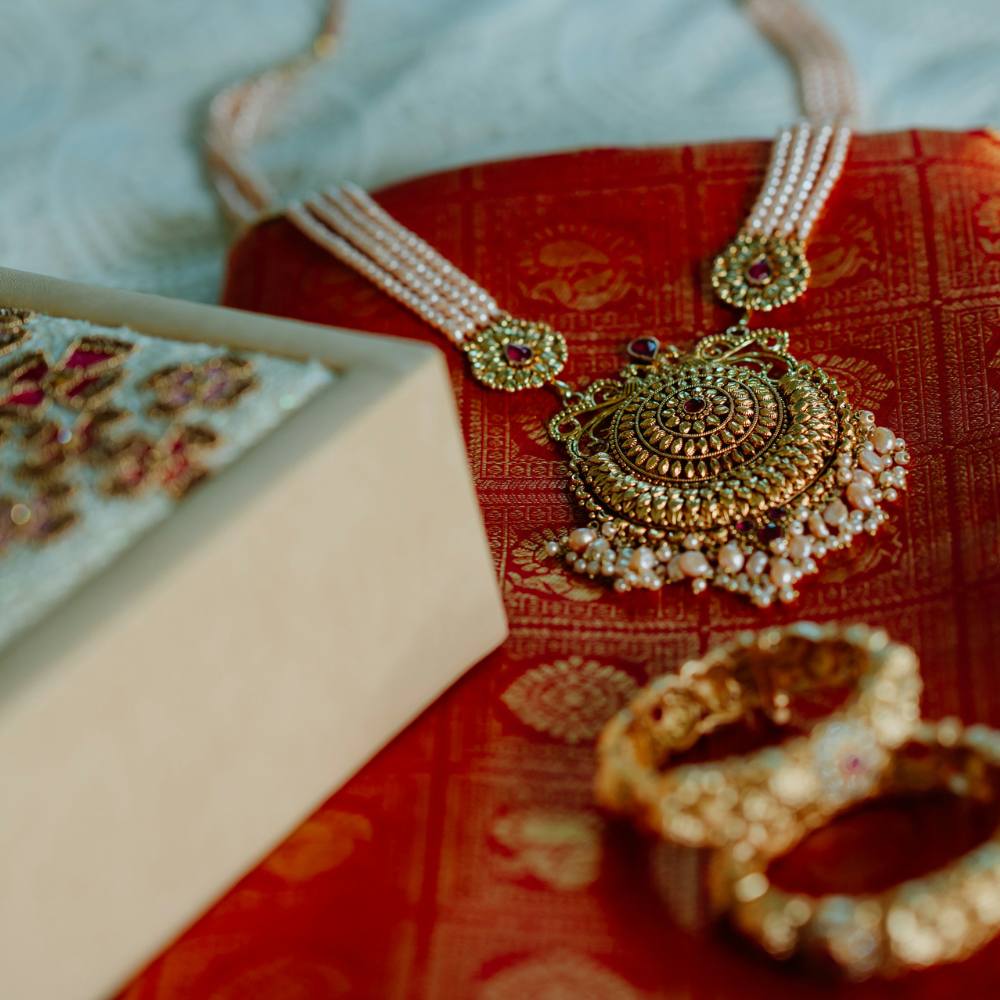
-
Thewa jewelry: Intricate gold work on colored glass, a rare local craft
-
Rajput miniature paintings and block-printed textiles
-
Leather goods, silver jewelry, and wooden toys
Chittorgarh is known for its local markets, where artisans preserve centuries-old crafts passed down through generations. Thewa art originated in nearby Pratapgarh and is now practiced by only a few master artisans.
Cuisine:

-
Gatte ki Sabzi – Chickpea flour dumplings in spiced yogurt gravy
-
Lal Maas – Spicy mutton curry for the adventurous palate
-
Ker Sangri, Bajra Roti, and Mawa Kachori for a full local spread
Restaurants like Gangour and local dhabas offer authentic meals, while palace hotels provide fine dining experiences with royal flair. Enjoy your meal with a glass of refreshing chaach (buttermilk), perfect for the dry climate.
7. Attend the Jauhar Mela or Mewar Festival (Seasonal)
If your visit coincides with local festivals, consider attending:
-
Jauhar Mela (February/March): This powerful homage to the sacrifices made by Rajput women during invasions features cultural performances, processions, and historical exhibitions. The mela is held at the site where Rani Padmini and others committed Jauhar and is attended by thousands of locals and dignitaries.
-
Mewar Festival (March/April): Celebrated in nearby Udaipur and surrounding regions, this marks the arrival of spring and showcases folk traditions, music, and crafts. Women dress in traditional attire and carry idols in processions through the streets.
These events offer an emotional and immersive experience of the legacy of Rajput valor and culture. Attending them provides an unmatched sense of place and connection with Rajasthan's living traditions.
Conclusion
Chittorgarh isn't just a place—it's a feeling. The air carries echoes of ancient ballads, the walls bear the weight of centuries-old legends, and every corner tells a tale of honor, love, and resistance. From the defiant stand of Maharana Pratap to the poetic devotion of Meerabai, Chittorgarh celebrates both sword and soul. Whether you're tracing the path of Padmini's legacy, exploring sacred temples, photographing wildlife, or simply savoring Rajasthani flavors, the experience is unforgettable.
So, if you're planning a journey through Rajasthan, make sure to include Chittorgarh in your itinerary. It's more than a detour—it's a doorway to the soul of Rajputana.
